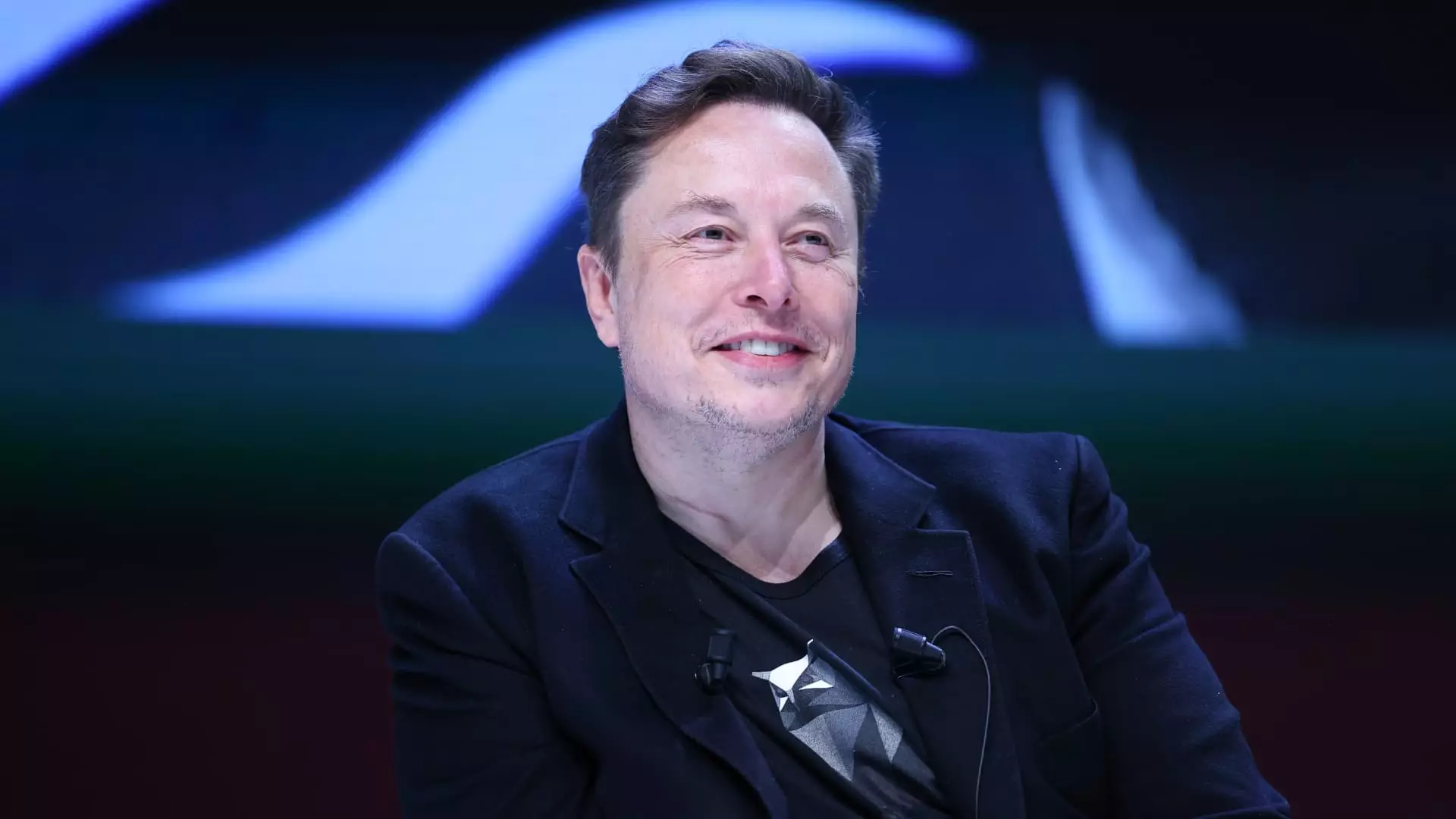Tesla has been making headlines lately, notably with its stock experiencing its most significant rally in a decade. Following the release of its third-quarter results, investors and analysts have reacted positively, leading to a noticeable surge in share prices. As Tesla’s stock approaches its highest closing price in over a year, it’s crucial to delve into the implications of this rebound, the company’s financial performance, and the competitive landscape in which it operates.
On Friday, Tesla’s shares gained 2.8%, climbing to $267.79, thereby setting the stage for the highest closing price since September 2023. This two-day rally has not only restored its standing from earlier losses in the year but also positioned the company with an approximate 8% increase in 2024, despite still lagging behind the Nasdaq index, which has surged by 24%. The stock’s performance is a significant indicator of investor sentiment, particularly as it fully recovers from earlier declines in the year.
Analysts, including those from Piper Sandler, have reinforced their bullish stance, raising the 12-month price target for Tesla from $310 to $315. This increase signifies confidence in the company’s ability to achieve higher delivery volumes and enhanced profit margins, despite slight revenue misses compared to expectations.
Tesla recently disclosed third-quarter revenues of approximately $25.18 billion, which, while falling short of analyst estimates, marked an 8% increase year-on-year. The earnings per share adjusted figure of 72 cents exceeded the expected 58 cents, showcasing the company’s resilience in profitability. Notably, revenue generated from environmental regulatory credits amounted to $739 million, a factor that analysts at JPMorgan Chase caution may not be a sustainable driver for future earnings.
The revenue from the Full Self-Driving (FSD) system contributed an additional $326 million. Elon Musk’s optimism during the earnings call, predicting a vehicle growth rate of 20% to 30% for the coming year fueled expectations. However, analysts are cautious, projecting a more modest 15% delivery growth by 2025, reflecting a degree of skepticism regarding the potential of new, lower-cost vehicles and the ambitious timelines Musk outlined.
The introduction of the Cybercab, a robotaxi equipped with no steering wheel or pedals, is one of Tesla’s most intriguing prospects. Scheduled for production by the end of 2026, this vehicle embodies Tesla’s commitment to innovation within the automotive industry and highlights Musk’s ambitious vision for the future of transportation. Nevertheless, the execution of such innovations remains to be seen, especially given Musk’s history of optimistic projections that have not always materialized on schedule.
Additionally, Musk’s announcement about commencing driverless ride-hailing in California and Texas with existing models emphasizes Tesla’s push into the autonomous vehicle market. However, the gap between Tesla and its competitors in autonomy technology continues to widen, with analysts from Bernstein noting that Tesla still trails significantly behind others in robotaxi development.
While Tesla has regained some momentum, challenges loom large. Major competitors in the electric vehicle market are rapidly gaining traction. In China, local companies like BYD and Geely are enhancing their market presence, as are newer entrants such as Li Auto and Nio. Domestically, traditional automakers like Ford and General Motors are ramping up their electric vehicle offerings, creating a more competitive landscape.
Furthermore, despite the positive stock performance and optimistic financial indicators, external factors, including rising competition and fluctuating consumer preferences, may threaten Tesla’s market dominance in the long term. Analysts are cautious about the sustainability of the recent stock surge, urging stakeholders to consider the broader implications of competition in a rapidly evolving market.
While Tesla’s recent advances showcase a degree of recovery and investor confidence, a multi-faceted assessment reveals underlying challenges that must be addressed. With competitors advancing in technology and production, alongside Musk’s ambitious but precarious timelines for product releases, Tesla must navigate carefully to maintain its position as a leader in the electric vehicle market.


Leave a Reply